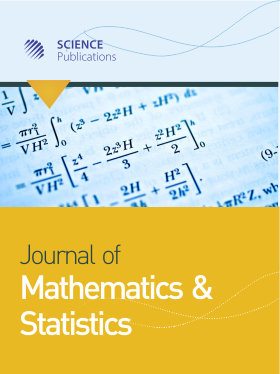Application of MultiScale Hidden Markov Modeling Wavelet Coefficients to fMRI Activation Detection
Abstract
Problem Statement: The problem of detection of functional magnetic resonance images (fMRIs), that is, to decide active and nonactive regions of human brain from fMRIs is studied in this paper. fMRI research is finding and will find more and more applications in diagnosing and treating brain diseases like depression and schizophrenia. At its initial stage fMRI detection are pixel-wise methods, which do not take advantage of mutual information among neighboring pixels. Ignoring such spatial information can reduce detection accuracy. During past decade, many efforts have been focusing on taking advantage of spatial correlation inherent in fMRI data. Most well known is smoothing using a fixed Gaussian filter and the compensation for multiple testing using Gaussian random field theory as used by Statistical Parametric Mapping (SPM). Other methods including wavelets had also been proposed by the community. Approach: In this study a novel two-step approach was put forward that incorporates spatial correlation information and is amenable to analysis and optimization. First, a new multi scale image segmentation algorithm was proposed to decompose the correlation image into several different regions, each of which is of homogeneous statistical behavior. Second, each region will be classified independently as active or inactive using existing pixel-wise test methods. The image segmentation consists of two procedures: Edge detection followed by label estimation. To deduce the presence or absence of an edge from continuous data, two fundamental assumption of our algorithm are 1) each wavelet coefficient was described by a 2-state Gaussian Mixture Model (GMM); 2) across scale, each state is caused by its parent state, hence the Multiscale Hidden Markov Model (MHMM). The states of Markov chain are unknown ("hidden") and represent the presence (state 1) or absence (state 0) of edges. Using this interpretation, the edge detection problem boils down to the posterior state estimation given observation. Results: Data processing results demonstrate much improved efficiency of our algorithm compared with pixel-wise detection methods. Conclusions: Our methods and results stress the importance of spatial-temporal modeling in fMRI research.
DOI: https://doi.org/10.3844/jmssp.2008.255.263

- 3,699 Views
- 2,269 Downloads
- 0 Citations
Download
Keywords
- Functional magnetic resonance imaging (fMRI)
- wavelet analysis
- image segmentation
- hidden Markov model
- spatial-temporal modeling
